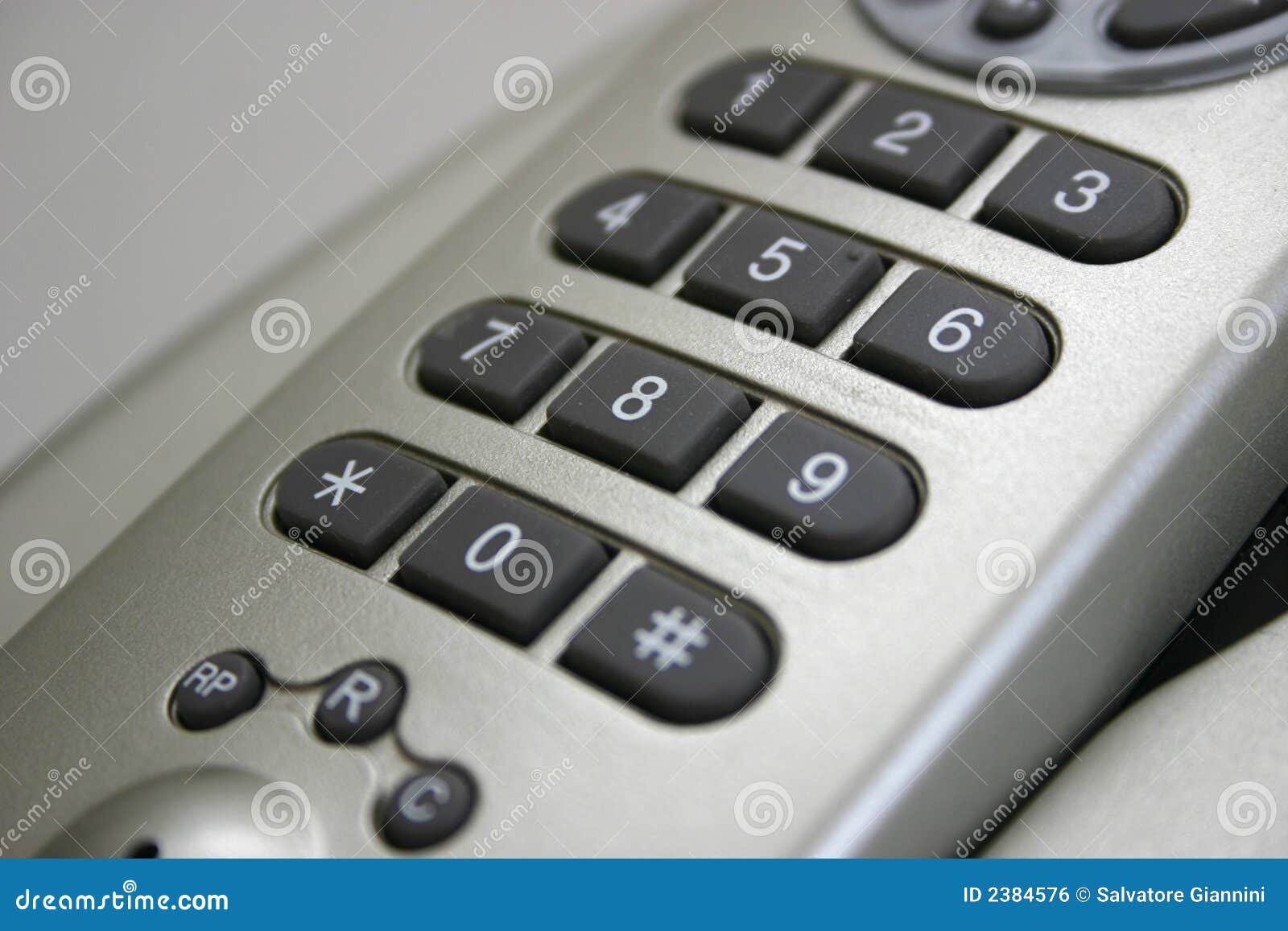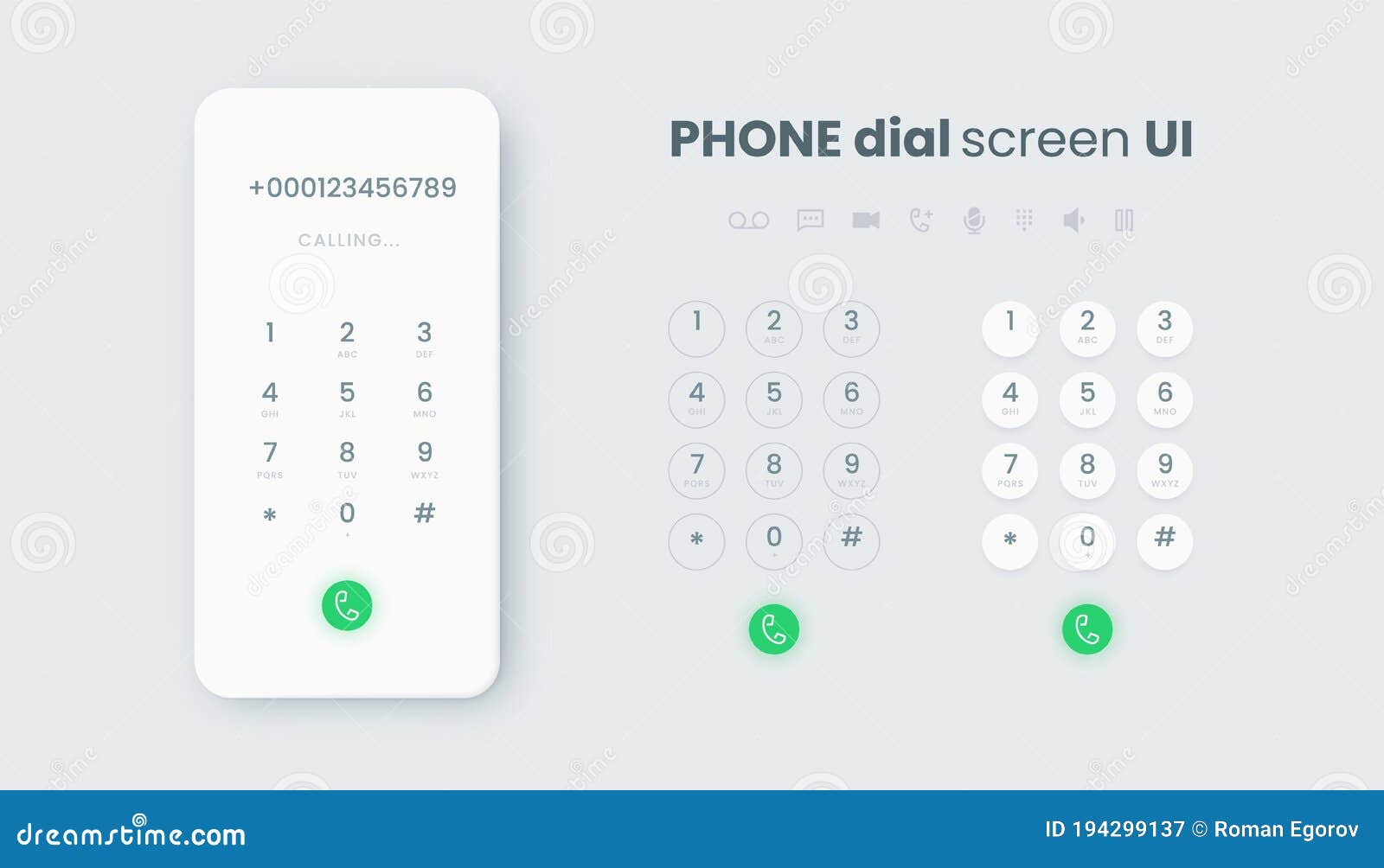

Tegic struggles with issues like whether to write software that puts word combinations in their grammatical context, rather than a popularity ranking, so that ME would naturally follow a verb like CALL, rather than OF. More languages are scheduled, including Chinese, Finnish and Japanese. It's also available for Danish, Dutch, French, German, Italian, Korean, Norwegian, Portuguese, Spanish and Swedish. The technology works for more than just English. "It's a living database that reflects how people use text." But what if it's wrong? What if you're trying to spell "HOME" and it comes out "GOOD" (both are 4663)? Or "ME" and you get "OF" (both are 63)? In those cases, you would hit the arrow key on the keypad to move to the next-most likely word: It ranks "GOOD" as more often used than "HOME," and "OF" before "ME." It still saves strokes: Spelling "HOME" without T9 requires eight button pushes, with T9 it's five. The software "sorts through millions of words" from the Internet, and ranks those that are most commonly used. "It's a set of rules on how words are made," Valenti said. The T9, he said, decodes or - I love this word - "disambiguates" the keystrokes to make a highly educated guess of what you're trying to spell. Like the old joke about the Thermos container that keeps hot things hot and cold things cold, you may wonder: "How do it know?" It's all about writing software that factors in the most frequently used words in any language, said William Valenti, Tegic's executive vice president of business development. The computer chip inside the phone figures out you're going after "HOW" and sorts out the correct letters for you. So rather than the six button pushes required to spell the word "HOW" (hitting the number 4 twice to advance to the "H," the number six three times to get to "O" and the number 9 once to get to "W"), the user simply hits 4,6,9. T9 allows users to simply spell out the words they want by hitting each button once, without repeatedly hitting each key to advance to the correct letter.

Several phones at last week's wireless industry trade show in New Orleans were using T9. Nokia OY, Motorola Inc., Mitsubishi Corp., Sony Corp., Samsung Co., Philips Electronics NV and others already have signed on. Its product, called T9 (after the nine buttons on a phone that spell the alphabet), is being rapidly adopted by cell phone equipment makers and will appear on many popular-branded phones in the next year. Tegic, founded by a trio of linguists whose previous work involved making it easier for the disabled to communicate, has developed advanced linguistic databases that vastly speed the process of spelling out words on a touch-tone keypad.

A small, privately held Seattle company called Tegic Communications has found a way around the problem, not by abandoning the touch-tone keypad, which now is the most ubiquitous information entry system in the world, but by embracing it and making it faster. The result is a phone that's too big and a keyboard that's too small. The Nokia 9000 has a clamshell design that opens to reveal a small screen and keyboard.
#TELEPHONE NUMBER PAD FULL#
Some have tried cramming a full QWERTY keyboard into a wireless phone. Imagine writing an entire e-mail message that way. That's 13 total pushes of the buttons, not counting waiting for the cursor to move to the next letter. The letter "L" requires three presses on number 5, etc. Letter "A" also is on number 2, press once. Let's spell "CALL ME" on my Sony cell phone: To get to the letter "C" I have to hit number 2 three times (to advance from "A" to "B" to "C"). But spelling out words is a headache, with each number key responsible for three letters - ABC, DEF, GHI, etc. Sure, punching in a phone number is simple. What's the biggest barrier preventing pocket phones from being used as e-mail devices? It's those dreaded touch-tone alpha-numeric keypads.


 0 kommentar(er)
0 kommentar(er)
